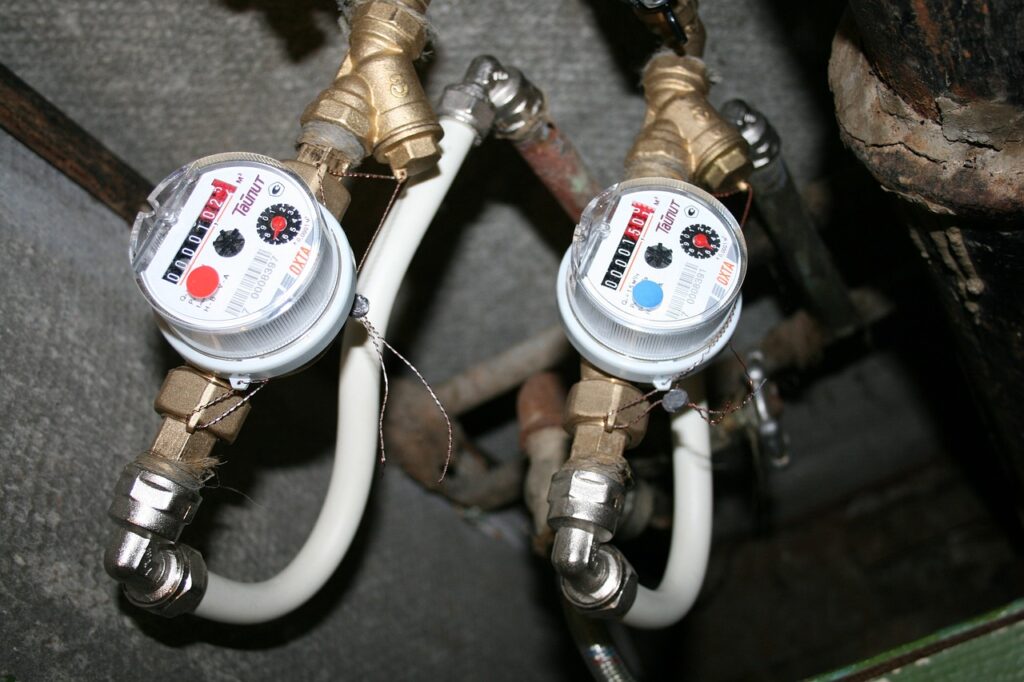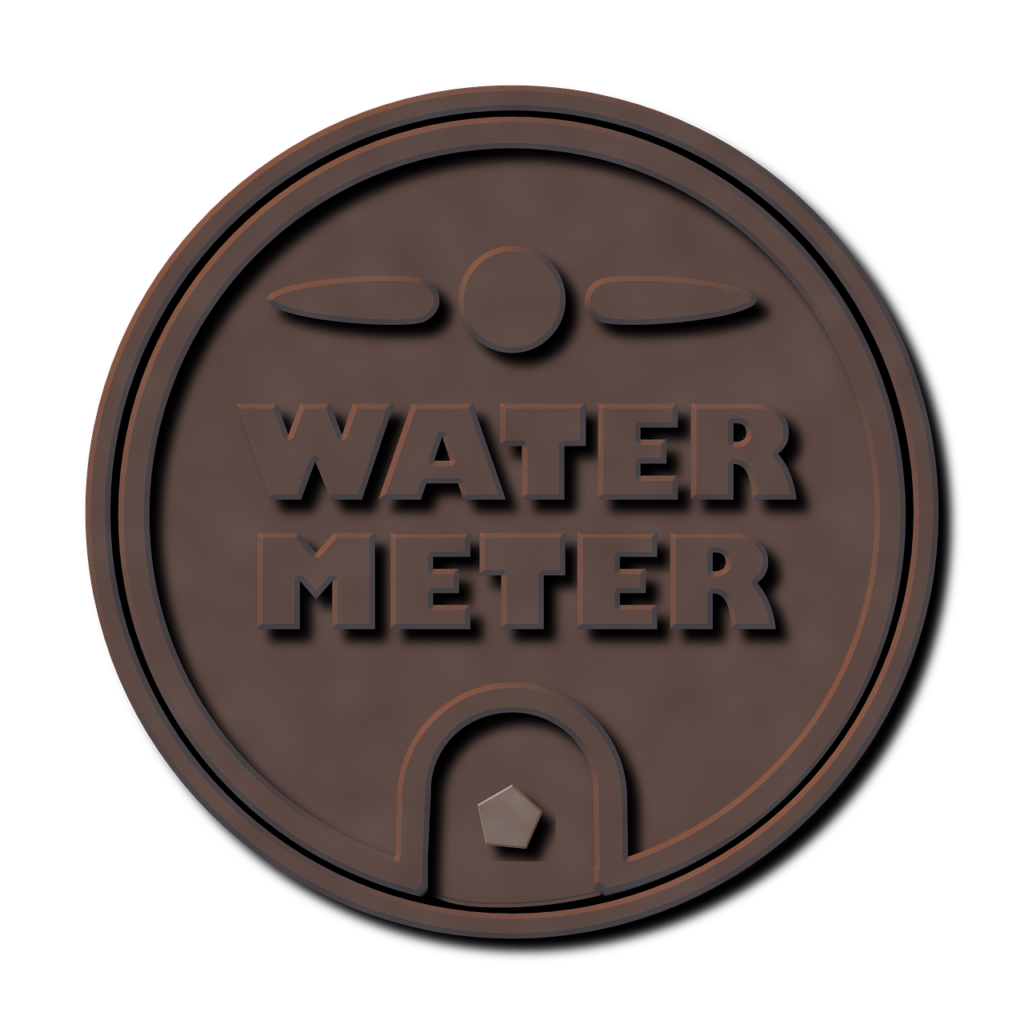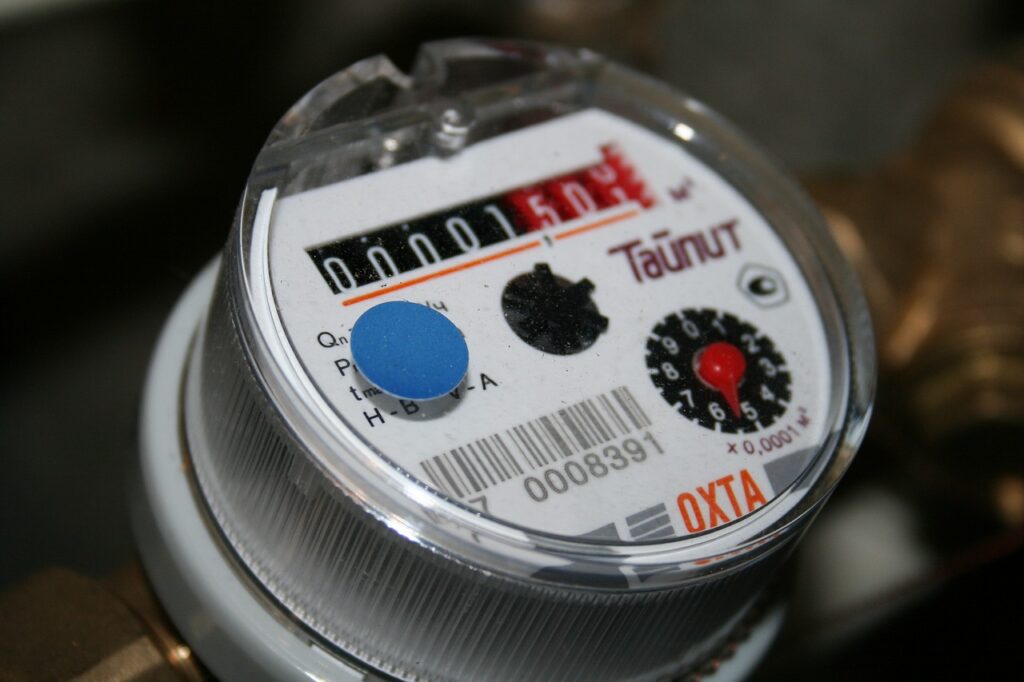Introduction
In this comprehensive guide, we will delve into the world of water meters, specifically focusing on the location and functionality of your water meter. Understanding your water meter is essential for homeowners, as it can help you monitor your water usage, detect leaks, and ultimately save money on your water bill.
What Is a Water Meter?

A water meter is a device installed by your water utility company to measure the amount of water that flows into your home. It is an integral part of your plumbing system and plays a crucial role in determining your water consumption. Water meters come in various types, but the most common ones are mechanical and digital meters.
Types of Water Meters
Understanding the different types of water meters is essential for homeowners, as it helps you grasp the technology behind these devices and how they measure water consumption accurately. Here, we delve into detail about the two primary types of water meters:
1. Mechanical Water Meters:
- Principle of Operation: Mechanical water meters are considered traditional devices due to their reliance on moving parts to measure water flow. These meters operate based on a fundamental principle—water flow causes a disc or wheel within the meter’s chamber to rotate. The rate of rotation directly correlates with the volume of water passing through the meter.
- Components: The key components of a mechanical water meter typically include a chamber where water flows, a rotating disc or wheel, and a counting mechanism. As water enters the chamber, it flows over the disc or wheel, exerting force and causing it to turn. The counting mechanism records the number of rotations, which is translated into water volume.
- Accuracy: Mechanical water meters are known for their reliability and accuracy in measuring water consumption. Their design allows for precise measurement, making them a trusted choice for many water utilities and homeowners.
- Maintenance: These meters are generally durable and require minimal maintenance. Routine inspections to ensure they are functioning correctly are usually sufficient.
2. Digital Water Meters:
- Principle of Operation: Digital water meters, in contrast to mechanical meters, utilize electronic sensors to measure water consumption. These sensors can detect even the slightest variations in water flow, providing highly accurate readings.
- Electronic Sensors: Digital water meters are equipped with electronic sensors, such as magnetic or ultrasonic sensors, which detect the movement of water particles passing through the meter. The sensors transmit this information to the meter’s internal electronics for processing.
- Real-Time Display: One significant advantage of digital water meters is their ability to provide real-time information. Many digital meters feature digital displays that show your water usage instantaneously. This feature allows homeowners to monitor their consumption closely and make immediate adjustments if necessary.
- Accuracy: Digital water meters are known for their exceptional accuracy. They can measure even low-flow rates accurately, making them a valuable tool for detecting minor leaks and optimizing water usage.
- Data Logging: Some digital water meters also have the capability to log water consumption data over time. This data can be useful for tracking water usage trends and identifying irregularities.
- Maintenance: Digital water meters are generally low-maintenance, requiring minimal attention once installed. Their electronic components are designed to be reliable and long-lasting.
In summary, understanding the distinctions between mechanical and digital water meters is crucial for homeowners. Mechanical meters rely on moving parts and are known for their reliability, while digital meters utilize electronic sensors for precise, real-time measurements. Both types of meters serve the fundamental purpose of accurately measuring water consumption, allowing homeowners to monitor their water usage, detect leaks, and manage their utility bills effectively.
Why Knowing Your Water Meter’s Location Matters
Understanding the location of your water meter is essential for several practical reasons. Here’s a detailed explanation of why knowing your water meter’s location matters:
1. Monitoring Water Usage:
- One of the primary reasons for knowing the location of your water meter is to monitor your water usage effectively. Your water meter measures the volume of water entering your home, making it a valuable tool for tracking consumption.
- By periodically reading your water meter, you gain insights into your water usage patterns. This allows you to establish a baseline for your typical consumption and identify any unusual increases or spikes in usage.
- Monitoring your water usage is particularly valuable for conserving water and managing your utility bills. It empowers you to make informed decisions about water conservation measures and detect any sudden surges in consumption that might indicate a hidden issue, such as a leak.
2. Detecting Leaks:
- Water meters serve as excellent devices for detecting water leaks within your plumbing system. A leak can be costly and wasteful, as it leads to unnecessary water usage and increased utility bills.
- If you suspect a leak in your home, knowing the location of your water meter becomes crucial. You can perform a simple test to check for leaks:
- Turn off all water sources in your home, including faucets, appliances, and irrigation systems.
- Carefully observe your water meter. If the meter continues to register water flow despite all sources being turned off, it indicates a leak in your plumbing system.
- Detecting leaks early allows you to take prompt action to repair them, preventing water damage to your property and conserving water resources. Timely leak detection also saves you money by avoiding the costs associated with wasted water.
3. Billing Accuracy:
- Water utilities calculate your monthly water bill based on the readings from your water meter. Therefore, knowing the location of your meter is essential for ensuring the accuracy of your billing.
- By verifying the readings on your water meter against the ones on your utility bill, you can confirm that you are being charged correctly for the water you consume.
- In cases where you suspect discrepancies or billing errors, having access to your water meter allows you to cross-check the information and dispute any inaccuracies with your utility provider.
- Accurate billing is not only important for your financial well-being but also for maintaining trust and transparency in your relationship with your water utility.
In conclusion, knowing the location of your water meter is more than just a matter of convenience—it’s a practical necessity for responsible homeowners. It empowers you to monitor your water usage, detect and address leaks promptly, and ensure the accuracy of your water bills. By understanding the significance of your water meter’s location, you can take proactive steps to manage your water resources efficiently and avoid unexpected water-related issues and expenses.
How to Find Where is Your Water Meter
Finding your water meter is a crucial step in understanding your home’s water infrastructure and ensuring efficient water usage. The location of your water meter can indeed vary based on your property’s layout and local regulations. Below, we provide a detailed guide to help you find your water meter:

1. Basement or Utility Room:
- In many homes, especially those located in colder climates, you can find the water meter in the basement or a utility room. This placement is convenient for protecting the meter from freezing temperatures.
- The water meter is usually positioned near the main water supply line’s entry point into your home. It might be mounted on a wall or placed on a dedicated stand.
2. Crawl Space:
- For homes that lack basements, the water meter may be located in a crawl space beneath the house or inside a utility closet.
- Despite the absence of a basement, the water meter will still be situated close to where the main water line enters the house.
3. Front Yard or Sidewalk:
- In some cases, water meters are installed outdoors in a meter pit located in the front yard or sidewalk.
- This setup is more prevalent in regions with milder climates where freezing is not a concern. It is often marked with a lid or cover to protect the meter.
4. Water Meter Box:
- If your water meter is situated outside your home, it might be housed within a water meter box.
- These boxes are designed to shield the meter from various environmental elements, including weather and physical damage. They are typically positioned near the curb or property line.
5. Contact Local Utility Company:
- If you’re unable to locate your water meter using the methods mentioned above, consider reaching out to your local water utility company.
- They can provide you with specific information about the meter’s location on your property. Utility companies often have records and maps that detail the placement of meters for each property they serve.
6. Use a Metal Detector:
- In some cases, especially when the meter is buried beneath the ground, you may use a metal detector to help locate it.
- Slowly scan the area where you suspect the meter might be buried, and the metal detector will emit a signal when it detects the metal components of the meter.
7. Ask Previous Homeowners or Neighbors:
- If you recently moved into your home, consider asking previous homeowners or neighbors for information about the water meter’s location.
- They might have valuable insights that can expedite your search.
By exploring these various methods and locations, you should be able to pinpoint the exact location of your water meter. Understanding where your water meter is situated is the first step in effectively monitoring your water consumption, ensuring accurate billing, and promptly addressing any water-related issues in your home.
How to Access Your Water Meter
Accessing your water meter is a straightforward process, and it’s crucial to know how to do it for various reasons, such as monitoring your water consumption and detecting leaks. Here’s a detailed guide on how to access your water meter step by step:
- Locate the Meter: The first step in accessing your water meter is to find its location on your property. The meter is typically situated close to where the main water supply line enters your home. Depending on your property’s layout and local regulations, you might find the meter in one of the following locations:
- Basement or Utility Room: In many homes, especially those in colder climates, the water meter is located in the basement or a utility room. It is usually positioned near the main water supply line’s entry point into your home.
- Crawl Space: For homes without basements, the water meter may be found in a crawl space or utility closet. It will still be close to where the main water line enters the house.
- Front Yard or Sidewalk: In some cases, water meters are installed in a meter pit in the front yard or sidewalk, often marked with a lid or cover. This setup is more common in warmer regions where freezing is not a concern.
- Water Meter Box: If your meter is outdoors, it might be inside a water meter box. These boxes protect the meter from the elements and are typically located near the curb or property line.
- Lift the Lid or Cover: Once you’ve located the water meter, you may need to access it by lifting the lid or cover. This step is particularly relevant if your meter is in a pit, box, or any other protective housing. Here’s how to do it:
- Use a Tool: To lift the lid or cover, you may need a tool like a screwdriver. Insert the tool’s edge carefully under the lid, and gently pry it upward. Be cautious not to use excessive force or damage the meter or its components.
- Safety First: Ensure that you are wearing appropriate safety gear, such as gloves and eye protection, especially if you are dealing with a meter in a confined space. Safety should always be a priority when accessing your water meter.
- Read the Display: Once you have successfully accessed your water meter, you will need to read the display to determine your water consumption. The method for reading the display depends on the type of water meter you have:
- Digital Meter: If you have a digital water meter, the reading should be clearly visible on the screen. It typically displays your water usage in gallons or cubic feet, depending on your location.
- Mechanical Meter: For mechanical meters, you will need to record the numbers from the rotating dial. These dials resemble the odometer in a car, and you should read the numbers from left to right. Be sure to record all the digits, including any numbers that appear after the decimal point.
- Record the Reading: To keep track of your water usage effectively, it’s essential to note down the current reading. Use a notepad, smartphone, or any convenient method to record the numbers. If necessary, you can compare this reading with previous ones to monitor your water usage trends over time.
By following these detailed steps, you can confidently access your water meter, gather important information about your water consumption, and take proactive measures to ensure the efficient use of water in your home. Accessing your water meter is a valuable skill for homeowners and can lead to cost savings and water conservation.
Conclusion
Understanding the location and function of your water meter is an important aspect of responsible homeownership. It empowers you to monitor your water consumption, detect leaks early, and ensure the accuracy of your water bills. By following the steps outlined in this guide, you can confidently navigate the world of water meters and take control of your water usage. Remember that a well-maintained plumbing system not only saves you money but also conserves our precious water resources.
